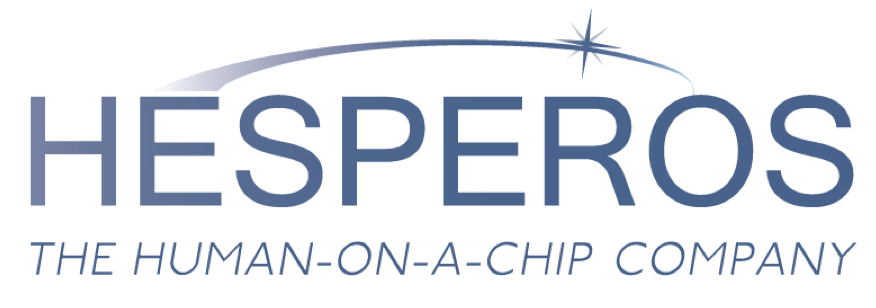“The FDA Modernization Act 2.0 will accelerate innovation and get safer, more effective drugs to market more quickly by cutting red tape that is not supported by current science, and I’m proud to have led the charge. The passage of this bipartisan bill is a step toward ending the needless suffering and death of animal test subjects – which I’m glad both Republicans and Democrats can agree needs to end.”
- Dr. Rand Paul, United States Senator
Over the holidays, President Biden signed into law the FDA Modernization Act 2.0, a major legislative milestone with bipartisan congressional support. While the law doesn’t ban animal testing outright it has eliminated the archaic mandate of their use in drug development and authorized new technologies that have proven more reliable, such as AI and microphysiological systems. This marks the most significant legislative advancement since 1938 benefitting a wide range of stakeholders, including:
- Patients: by enabling the use of these new technologies, better therapeutics are able to get to patients faster than ever before. This includes those battling rare diseases with no existing treatments.
- Animals: today, 90% of drugs that prove safe and effective in animals ultimately fail in human trials. This legislation directly addresses this ethical and practical dilemma significantly reducing the number of animals involved in the process.
- Researchers: by leveraging more predictive technologies, researchers are able to drastically reduce the cost and timeline previously required to bring a drug to market.
Led by Senator Rand Paul, the new legislation was officially signed into law on December 29, 2022. You can see his remarks addressing the Senate ahead of the bill passing in the video below.
Background:
Originally passed in 1938, the Federal Food, Drug, and Cosmetics Act (FFDCA) was formed mandating all new drugs be tested in animals prior to human trials to protect patients from unknown toxicity. This was vital for public safety at the time however new technologies have now matured to the point where they can better anticipate unforeseen toxic effects of new drugs.
Thankfully, advances in a wide range of technologies, such as Hesperos’ Human-on-a-Chip, are proving more effective at predicting the human response to therapeutics. We are proud to continue reducing the need for animal studies and enable bringing better therapeutics to patients faster than ever before.
